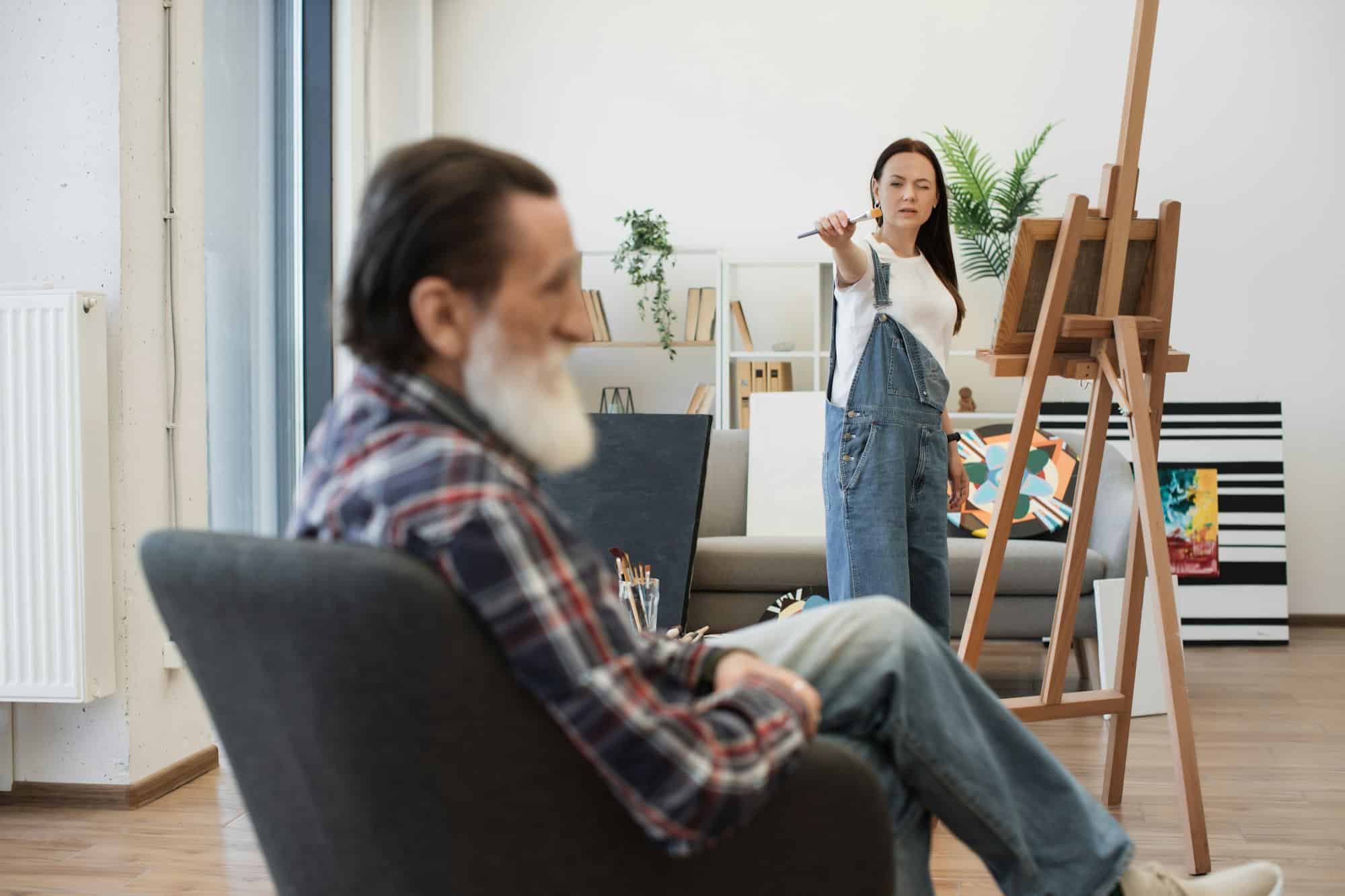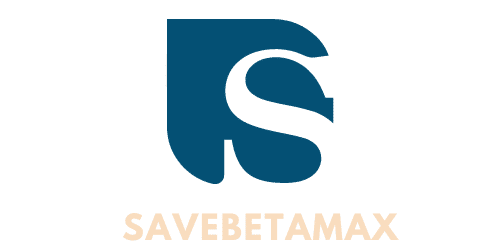Can Engaging in Historical Reenactment Groups Provide Cognitive and Social Benefits for Participants?

Historical reenactment is an activity that involves recreating historical events or periods, often as accurately as possible. Participants, known as reenactors, research the ways of life, clothing, and events of the era they are representing. But beyond the entertainment and educational purposes, can engaging in historical reenactment groups provide significant cognitive and social benefits for participants? This article explores how immersion in history through reenactment might foster cognitive development, social connectivity, and overall well-being.
Boosting Cognitive Skills Through Historical Reenactment
It is commonly known that learning new skills and knowledge can stimulate cognitive functions and increase intelligence. In the case of historical reenactment, the learning process is not limited to simply memorizing dates and facts. It involves a deep immersion in a particular era, requiring participants to understand the political, economic, social, and cultural contexts of the time, which encourages complex thinking and problem-solving skills.
This might interest you : Stylish and eco-friendly scrub caps for healthcare workers
Firstly, the meticulous research required in reenactment forces participants to become amateur historians. They dive deep into historical texts, documents, and artifacts to understand the era they are recreating. This deep research promotes critical thinking and analytical skills as participants evaluate sources for their reliability and relevance.
Moreover, once the research phase is complete, reenactors must apply their knowledge practically. This involves making or sourcing period-accurate clothing and equipment, replicating historical crafts, or learning historical combat techniques. These tasks demand a degree of creativity and practical problem-solving, further enhancing cognitive abilities.
In the same genre : What Are the Benefits of Personalized Hydration Systems Using Wearable Technology for Endurance Athletes?
The Social Benefits of Historical Reenactment
Historical reenactment is not a solitary activity. It relies heavily on community engagement, making it a powerful tool for social interaction and connection.
Historical reenactments often take place in large gatherings or events, where participants collaborate to create a shared historical experience. These events provide a platform for reenactors to share knowledge, exchange ideas, and build relationships with people who share their passion for history. This shared interest forms a basis for strong social connections and a sense of community, acting as a buffer against feelings of loneliness and social isolation.
Moreover, historical reenactments often involve role-playing, where participants take on the identities of historical figures or ordinary people from the era. This role-playing element can cultivate empathy among participants as they step into the shoes of individuals from a different time and perspective. This increased understanding of diverse experiences can promote tolerance and inclusivity within the reenactment community and beyond.
Historical Reenactment as a Source of Emotional Well-being
The joy of learning, the thrill of discovery, and the satisfaction of crafting a historical persona can contribute to the participant’s emotional well-being.
Being part of a historical reenactment group gives participants a sense of purpose and accomplishment. They are not merely passive consumers of history but active contributors to the preservation and dissemination of historical knowledge. This active participation can boost self-confidence and self-efficacy, leading to increased overall happiness.
Furthermore, historical reenactment allows participants to escape the pressures of modern life. By stepping back in time, they can momentarily disconnect from current stressors and immerse themselves in a different world. This temporary escape can have therapeutic effects, providing a form of relaxation and stress relief.
The Role of Historical Reenactment in Lifelong Learning
Historical reenactment engages participants in continuous learning, fostering a lifelong love for education and personal development.
The nature of reenactment requires constant learning and adaptation. There is always a new era to explore, a new skill to learn, and a new historical event to understand. This continuous learning helps to keep the mind active and engaged, which can slow cognitive decline in later life.
Moreover, historical reenactment encourages self-directed learning. Participants regulate their learning process, deciding what to research, which skills to develop, and how to interpret historical events. This autonomy fosters intrinsic motivation for learning, which is a key factor in lifelong education.
To sum up, while historical reenactment may seem like a mere hobby or interest, it can provide significant cognitive and social benefits for its participants. It boosts cognitive abilities, nurtures social connections, promotes emotional well-being, and fosters lifelong learning. In an era where digital technology often replaces face-to-face interactions and traditional learning methods, historical reenactment offers an interactive, engaging, and humanizing approach to learning about our past. This form of experiential education not only enriches our understanding of history but also contributes to our personal and social growth.
Historical Reenactment and Physical Activity
Historical reenactment also provides a unique platform for physical activity, enhancing overall health and fitness.
Unlike traditional gym workouts, the physical activity in historical reenactment is often subtle and varied. Reenactors may engage in historical dances, marches, or combat reenactments. These activities provide an unconventional form of exercise that can improve cardiovascular health, increase muscular strength, and enhance coordination and balance. The varied nature of these activities also ensures that multiple muscle groups are worked, promoting overall physical fitness.
Additionally, historical reenactments often take place outdoors, which can improve mental health. Studies have shown that spending time in nature can reduce stress, increase mood, and enhance overall well-being. Being outdoors also exposes individuals to sunlight, which boosts vitamin D levels and can improve mood and energy.
Importantly, the physical activity in historical reenactment is enjoyable and engaging. Participants are likely to be more committed to physical activity if they find it fun and rewarding. Therefore, historical reenactment can promote a consistent and sustainable exercise routine, fostering long-term physical health.
Conclusion: The Multifaceted Benefits of Historical Reenactment
In conclusion, engaging in historical reenactment groups provides manifold benefits. It goes beyond merely recreating the past and serves as a conduit for cognitive development, social connectivity, emotional well-being, and physical health.
The practice of historical reenactment fosters critical thinking and problem-solving skills through deep immersion into specific historical eras. It encourages social interaction and community formation, reducing feelings of loneliness and promoting empathy, tolerance, and inclusivity. The satisfaction of crafting a historical persona and contributing to historical knowledge enhances emotional well-being. Additionally, the varied physical activities involved in reenactments promote overall fitness and health.
It’s clear that historical reenactment is more than just a hobby or pastime. It is a gateway to continuous learning, personal growth, and social enrichment. As such, historical reenactment groups offer an enriching, engaging, and beneficial experience to all participants. As we move further into the digital age, opportunities for such comprehensive personal development should not be underestimated or overlooked.
